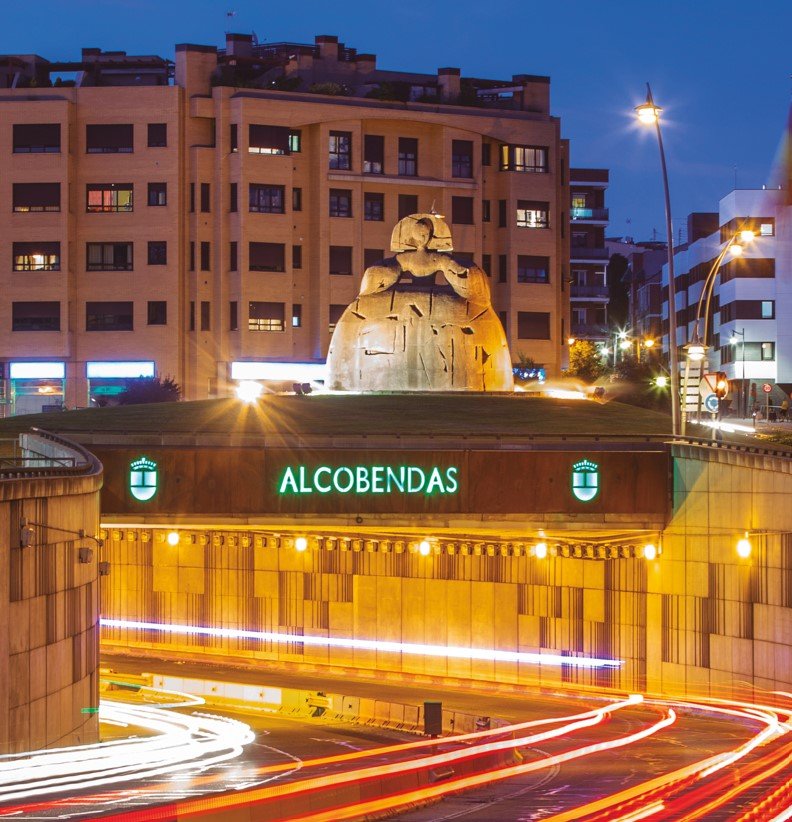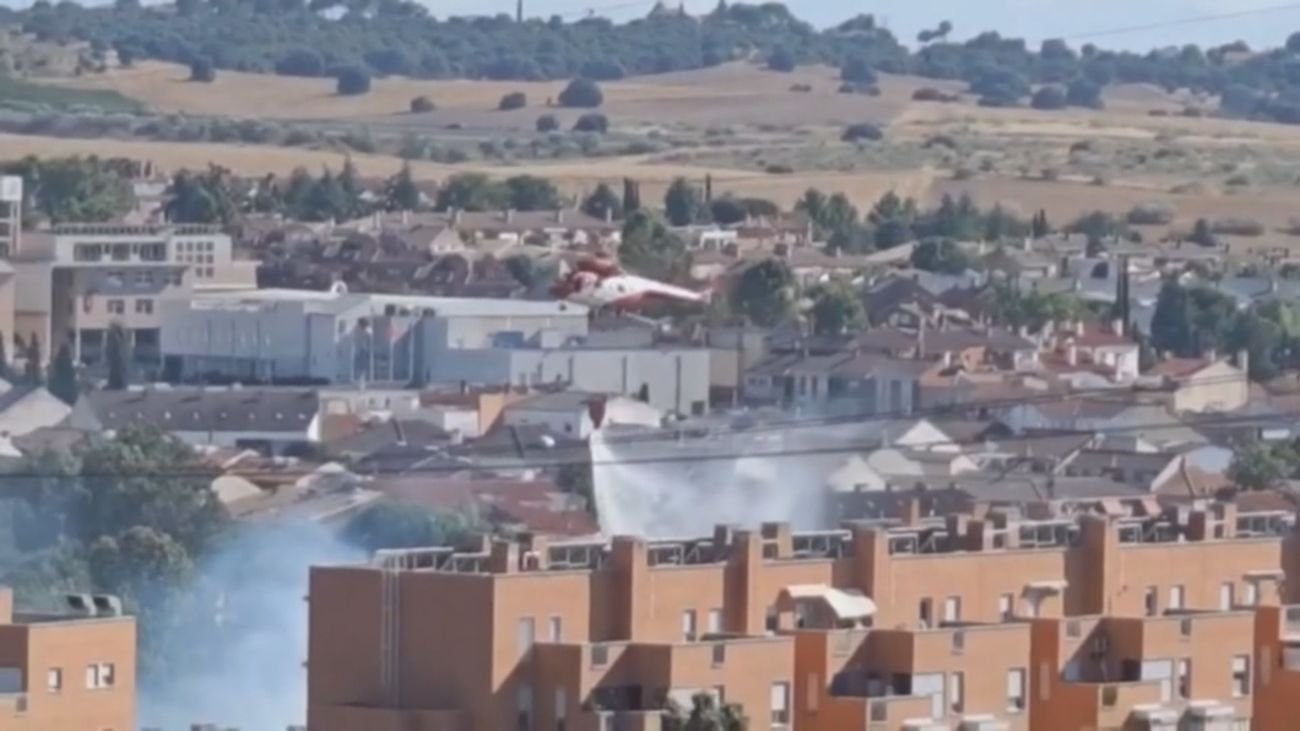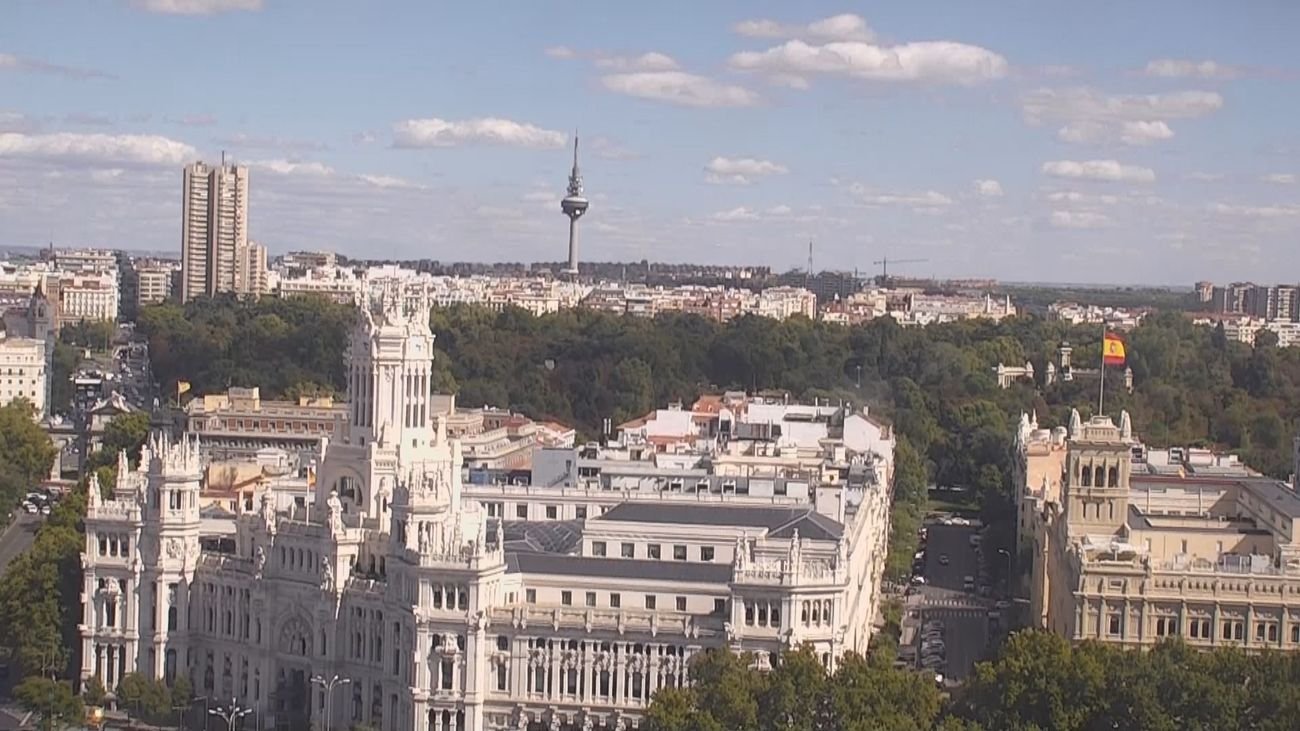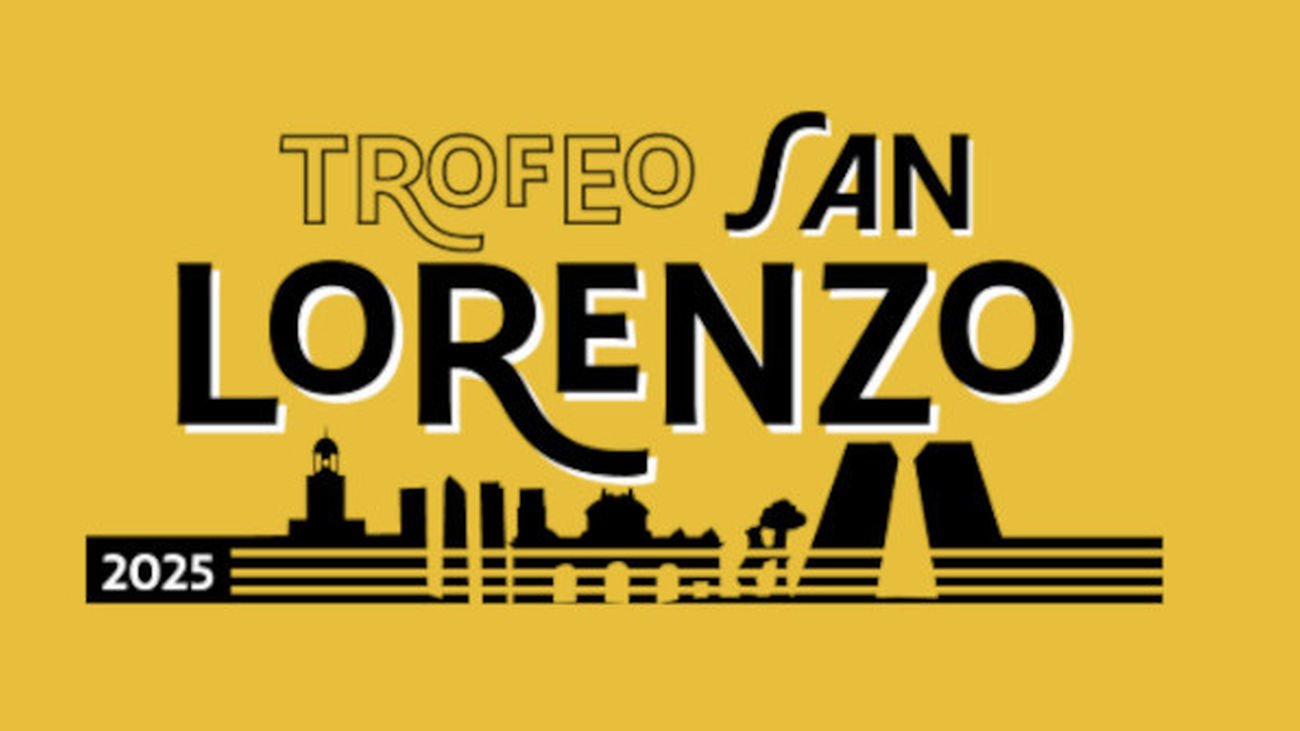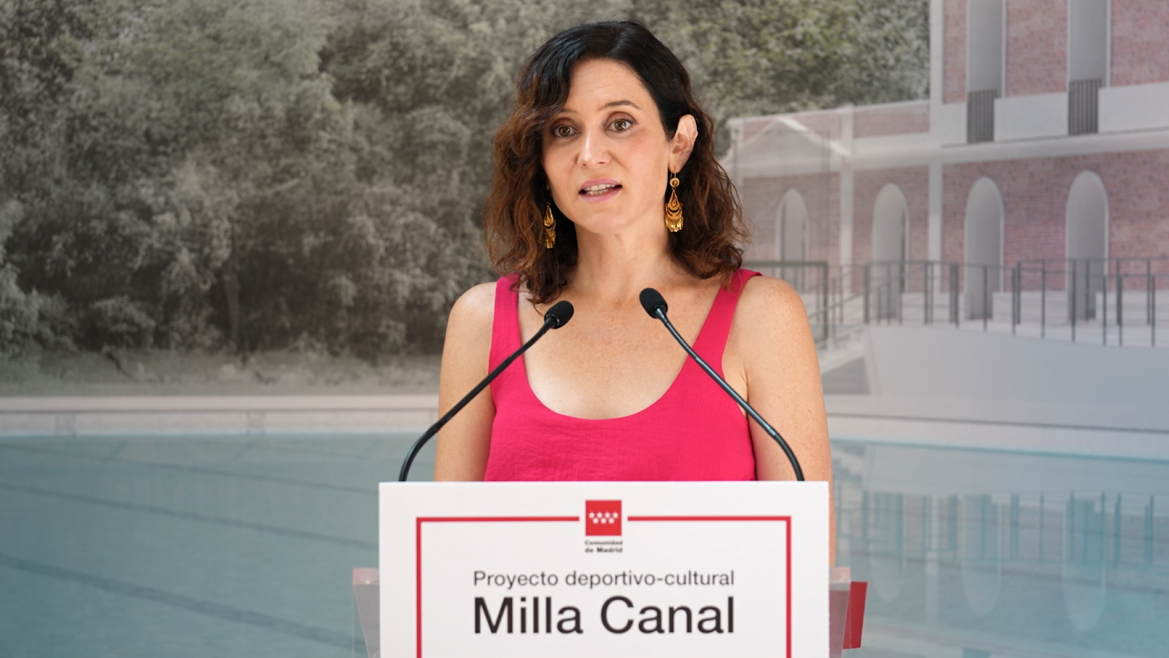
As the first milestone of this initiative, the head of the regional government has inaugurated the rehabilitated space of the Lozoya River Fountain, located at number 49 Bravo Murillo Street, recovering this 19th-century public monument for the citizens. At this point, the president has announced that she will ask the Madrid City Council to make this street pedestrian-friendly on Sundays, to improve accessibility on both sides of the street.
The philosophy behind this project, explained Díaz Ayuso, is to ensure that in the heart of Madrid, people can enjoy over a kilometer of culture, outdoor activities, sports, sculptures, walks, popular life, neighborly encounters, and plenty to do, especially for children, the elderly, and families near this area.
Milla Canal represents a transformation plan at a sporting, cultural, and social level for the current complex, which will be visually and functionally integrated into its urban environment with more comfortable and secure access. Historical and architectural buildings will be restored, and new ones will be built to house physical activity rooms, changing rooms, toilets, a cafeteria, and offices.
The existing facilities, which currently serve half a million users and cater to the districts of Tetuán, Moncloa, and Chamberí, will be modernized and expanded with actions such as improving and relocating the clay tennis courts, installing a new paddle tennis court, and renovating gyms.
Furthermore, the spaces will be reorganized by increasing the green areas, which will be compatible with sports use, including an area for senior citizens’ gymnastics, another for outdoor training, as well as table tennis and children’s play areas.
One of these green areas will turn into a large pool beach of about 2,500 square meters in the summer, and another will be reserved for cultural use, like the historical tree-lined walkway accessed from Bravo Murillo, which will complement the one at Islas Filipinas, to be expanded.
Additionally, a garden terrace will be created for the cafeteria of the new Boix and Morer building, named in honor of the engineers who designed the second Canal de Isabel II reservoir, which will house sports rooms, changing rooms, toilets, offices, and other spaces. The current administrative building, with heritage protection, will be renovated to restore its essence.
To ensure the complex is inclusive for all individuals, a parking area reserved for people with reduced mobility will be set up, addressing the needs of clubs that regularly use these facilities.
Renewal Plan and Lozoya River Fountain
This project, which will entail an investment of over 18 million euros throughout its various phases, will be undertaken within the framework of the Renewal Plan, aimed at sports infrastructure such as the Vallecas Stadium, the M-86 World Swimming Center, the Piragüera Canoeing Specialization and Training Center in Aranjuez, and the Puerta de Hierro Sports Park and Milla Canal.
Following its upcoming tender, construction will commence throughout 2026, and the first completed interventions will be visible in 2027, in addition to the work at the Lozoya River Fountain, recently completed. After several months of work and with a budget allocation of 316,690 euros, Canal de Isabel II is now reopening the monument to the public.
This structure was inaugurated in 1860 as part of the ambitious hydraulic project that revolutionized Madrid’s life, undoubtedly leading to a sanitary, social, and urban revolution: bringing potable water from the Lozoya River to the heart of the city. Designed as a neoclassical triumphal arch by engineer Juan de Ribera, it features a central sculpture representing a male allegory of the Lozoya River, created by Sabino de Medina Peñas, flanked by allegorical figures of Agriculture by Andrés Rodríguez, and Industry by José Pagniucci.


